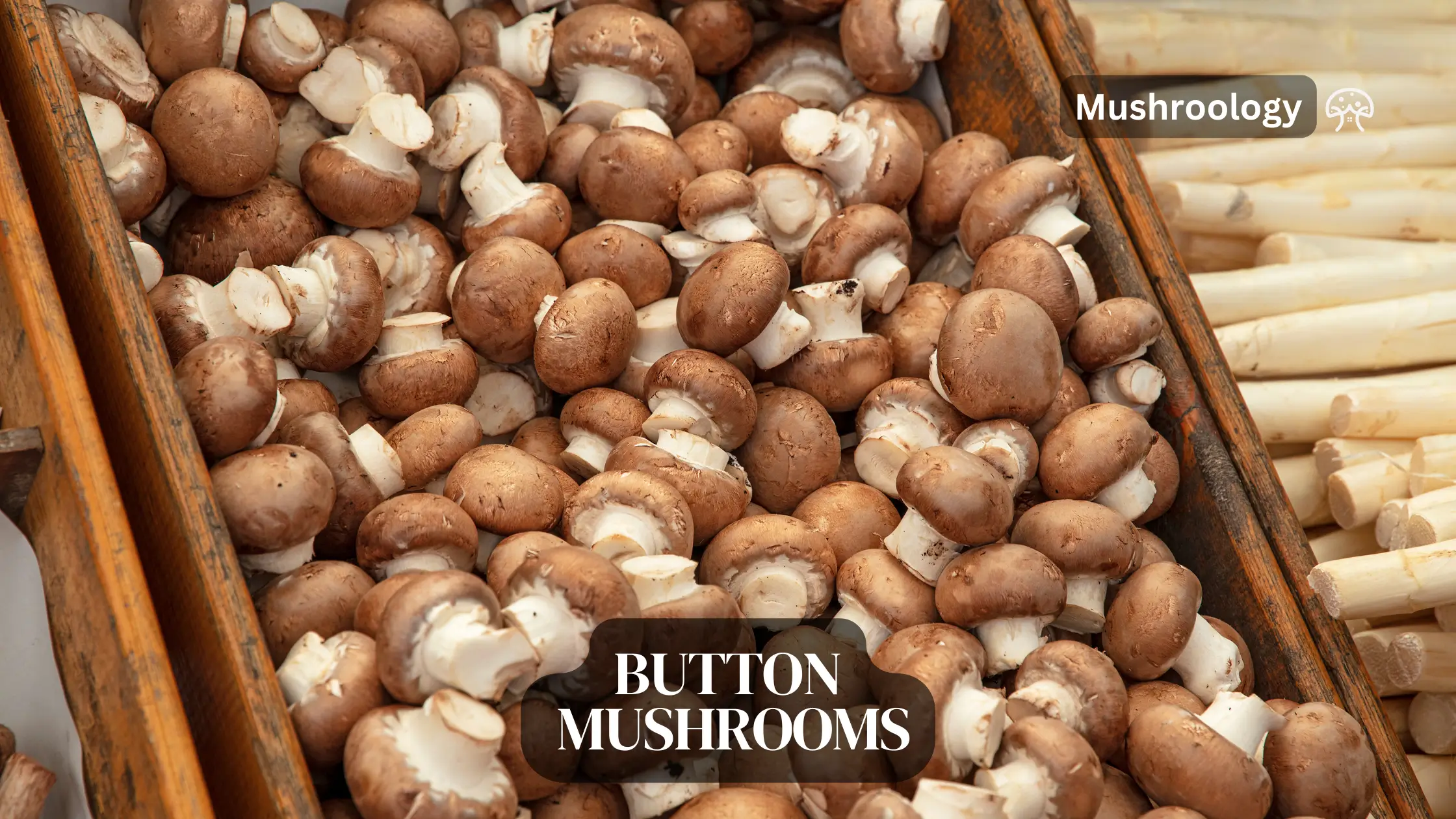There’s plenty of advice out there regarding which plants make good companions for your garden, yet much of this advice is speculative and limited research-backed.
Companion plants offer many advantages to crops. They can help protect from pests, improve soil conditions, and act as a weed barrier; some even act as natural insect repellents by drawing insects to certain scents or deterring others using scent-repellant qualities.
Pollination
While companion planting research largely centers around vegetable gardens, its benefits extend to ornamental and fruit gardens as well. Along with increasing space efficiency and protecting from pests and beneficial insects, companion planting can also help repel pests while drawing in beneficial insects and improving soil conditions.
Flowers of certain plants attract pollinators that help nearby crops, while companion plants can act as natural enemies against common garden pests such as cabbage worms and squash bugs. Nasturtiums and marigolds have been reported to reduce populations by secreting odorless compounds known as glucosinolates that repel these critters.
Others can help improve the soil nutrient content, like peas and clover; others provide shade to slower-germinating crops like lettuce and radishes; corn serves as a natural trellis for beans while squash serves as living mulch that keeps weeds down. One classic example of companion planting is indigenous Three Sisters agricultural technique in which corn, pole beans, and squash are planted together for mutual benefit.
Pest Control
Many gardeners turn to spraying as a method for controlling pests, but intercropping crops is often an easier and more natural solution. Intercropping tomatoes with basil repels tomato hornworms while providing shade. Another successful combination includes squash and nasturtium: shade protects them from squash bugs while secretions of water-soluble compounds called glucosinolates deter them.
The Native American “Three Sisters” planting method is an innovative combination of corn, beans and squash (usually pumpkin) for mutual advantage. Corn stalks provide support for pole beans; legumes fix nitrogen into the soil to benefit corn; large leaves from squash block weeds while maintaining moisture levels; other good companion plants include sage, thyme rosemary or borage which deter vegetable-related pests.
Fertilization
Some species depend on each other to thrive; legume cover crops like beans and peas can improve soil nutrient quality by fixing nitrogen. Furthermore, they provide physical support to nearby plants without needing trellising and staking solutions.
Sweet corn and peas make great companion plants; their stalks act as natural supports for pea tendrils to climb along. Nasturtium flowers planted near peas can repel aphids; their water-soluble glucosinolate roots deter any pests that might otherwise damage pea crops. Aromatic herbs make ideal companions for tomatoes, deterring pests such as aphids and other worms that could otherwise destroy its fruit. Furthermore, planting cauliflower and kale along with mustard or horseradish helps discourage pests that prey upon these vegetables. Companion Planting Chart and Garden Planner for ideal vegetable, herb, and flower combinations that work. While not every combination is covered here, correct spacing, sunlight/shade balance, adequate water requirements and good soil health remain key factors to successful growing!
Disease Control
Many crops can become susceptible to diseases when grown monoculturally. By planting companion plants to help combat disease and pests, gardeners can increase vegetable yields for greater success in gardening.
Tall plants such as corn can serve several functions in an agricultural system: shading slower-growing vegetables like lettuce; acting as natural trellising for climbing plants like beans and squash; as trellises against vertebrate insects that attack bean plants. Native American farming societies employ the Three Sisters model, wherein corn acts as the stalk for beans to climb, while squash acts as a deterrent against any verticle insects that attack bean plants.
Other plant-insect combinations can also prove fruitful. Turnips and peas grow well together because both require nitrogen for growth; they even tolerate light frost! Peas also supply this essential nutrient to cabbage and cauliflower plants that thrive alongside them, with many brassica family members emitting glucosinolates that repel codling moths as well as other insects from nearby. Nasturtiums and marigolds may even emit scents to deter pests away.





